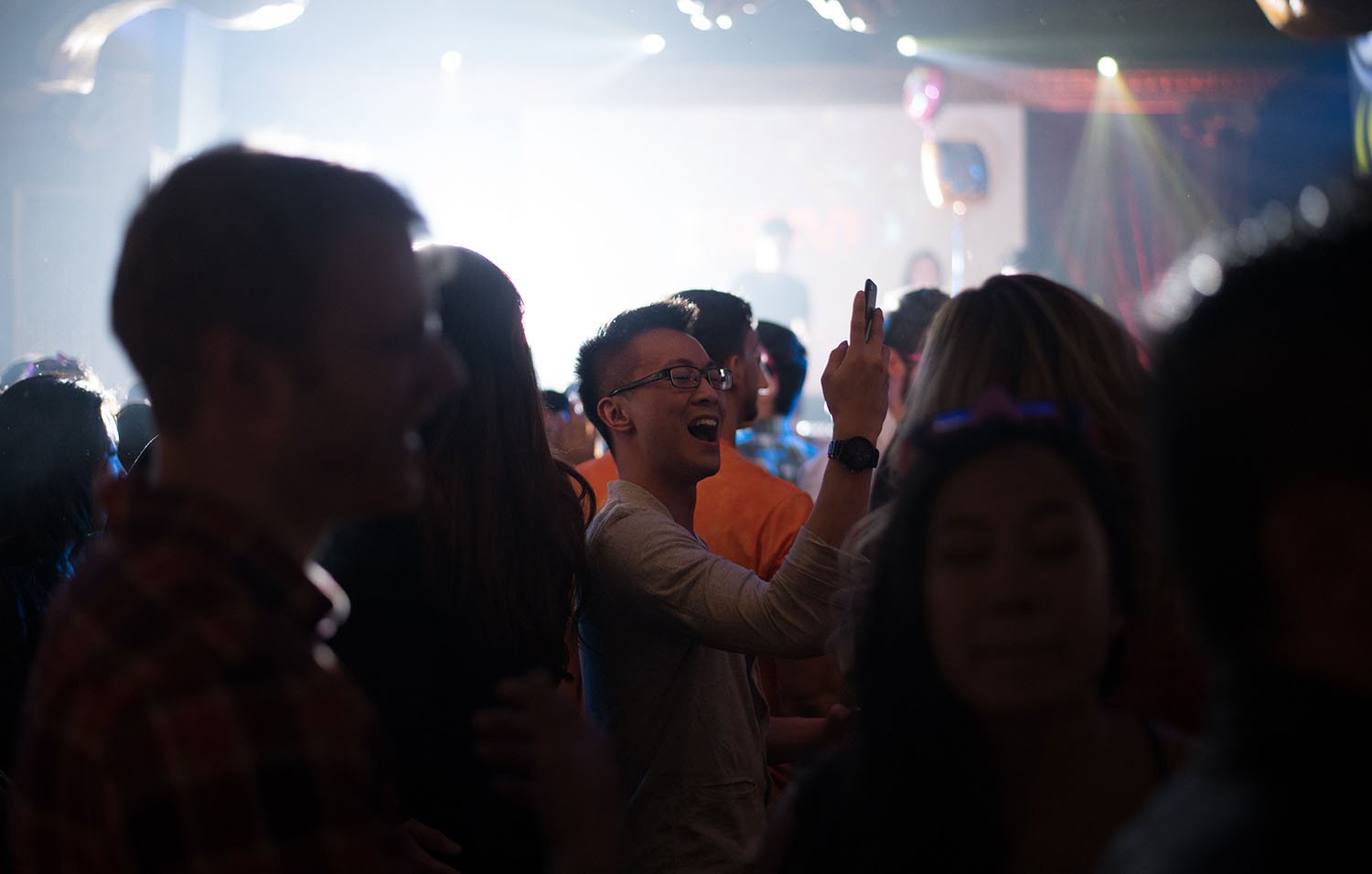5 Things Every Birthday Party Photographer Should Have
Joe Jenkins Photography
A Speedlight
Speedlights have been been around for just about forever and are a bit more safe to use than the flashguns of old ( potassium chlorate and magnesium were once used to illuminate subjects by way of a controlled explosion - which uh, probably wouldn’t pass today’s safety standards). Speedlights are standalone flash units connected to the top of the camera’s hot shoe (a hot shoe is simply the electrical connector at the top of your camera that powers the flash).
The primary use of a speedlight is to create light for the photographer. Depending on the situation and the crowd, the speedlight can either be pointed directly at the subject or up at the ceiling (in which case the light is bounced off the ceiling and onto it’s subject. The photographer can also point the speedlight at a wall (my personal favorite, when available) and have the light come from more up, over, and to the side.
Secondarily, however, the speedlight also can aid in autofocus and is extremely useful in this regard in low-light situations. Most cameras built these days do come with low-light autofocus illuminators, but they rely on mini-led lamps built into the camera that can be a bit distracting at parties.
The autofocus lamps on speedlights, however, use infrared lights to help with autofocus and, as well, are much more effective for cameras (as in, cameras have a much easier time focusing with the infrared lamps on speedlights than they do using the built in camera illuminators). Ask your party photographer if he/she primarily uses speed lights, environmental/ambient lighting, or a mixture of both.
A Tripod / Monopod
To be honest, I can’t remember the last time I brought a tripod to one of my birthday parties, but I do in the very least carry a monopod with me just about everywhere.
Birthday parties are places with very, very little lighting and carrying a monopod with you allows your photographer to take photos in low-light situations where the lighting is even, pleasing, but more scantly found.
A Good Set of Prime Lenses
I don’t go anywhere without at least one prime lens in my bag, and that particular lens is the Sigma ART 50MM 1.4. It focuses super fast, is intensely sharp, and in my opinion one of the best lenses ever made.
This lens is so good, and so useful, that when it started having difficulty connecting to my camera a few months back, and a few hours before an important shoot, I just went to the store and immediately bought another one (rather than go without it and wait for a repair).
This being said, the most common primes you’ll encounter for a birthday party is a 35mm, a 50mm, and every now and again I rock an 85mm prime (for one-person candids).
For those unfamiliar with what a prime is, exactly, it is a camera lens with only one focal length (as in it doesn’t zoom).
They’re important and useful for birthday parties for a couple of reasons. Birthday parties are generally in low light situations and prime lenses focus much faster than zooms (as they have less parts, for starters). Additionally, their apertures go as low as 1.4 and allow the lens to open up much wider and collect more light (zoom lenses, even professional ones, only open to 2.8).
A Full Frame Camera
The endless debate between full frames and cropped sensor cameras will forever be just that, endless. However, full frame cameras are objectively better and more well documented as such for low-light situations. Their usefulness and necessity for birthday parties is something I really cannot emphasize enough - as cropped sensors just aren’t capable of collecting as much light.
If you feel comfortable asking your potential party photographer if his/her camera is a full-frame, I’d recommend you do so.
Liability Insurance
This one is probably the most oft-overlooked requirement for photographers, but Certificates of Insurance (especially in New York) are fairly commonplace venue requirements, and whether or not a photographer has one can be used as a pretty good barometer for where they’re at in their career. Even if the event doesn’t require a COI, if a photographer isn’t able to obtain one, you have to ask how serious they are about their business.
I provide at least two COIs per week to various venues around the city and have a conversation with my insurance company every couple days to provide them (venues will oftentimes ask to have themselves listed as one of the certificate holders, in which case the insurance company will have to draft a different/unique one up). COIs generally affect event photography pricing as well
And that’s it. Above are the most five commonly used and requested items I use in my event photography. If you want to see more of my work, you can go ahead and do so by checking out my event photography.
